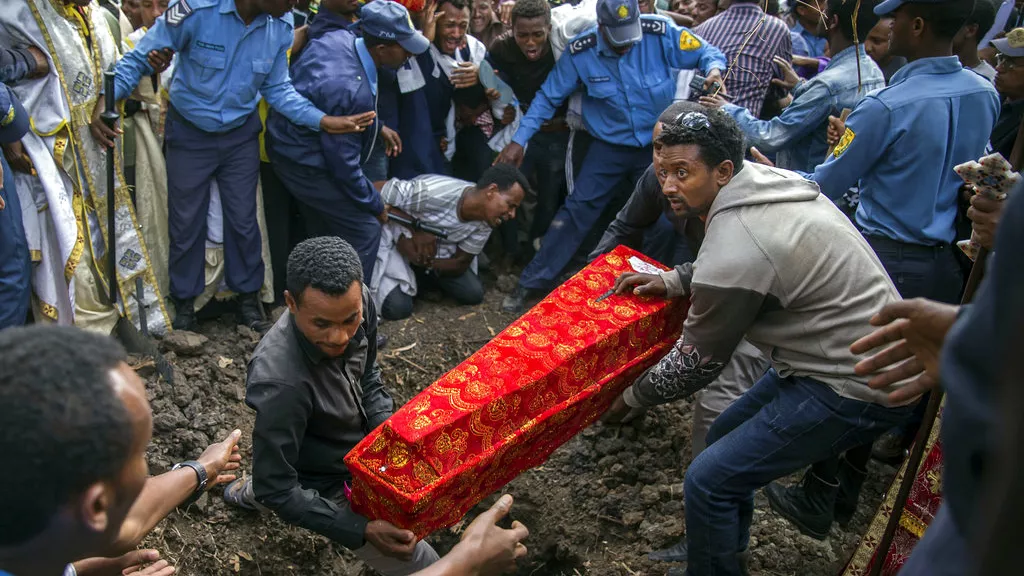A devastating landslide in southern Ethiopia’s Wolaita area has resulted in at least 13 fatalities, with local officials expecting the death toll to rise. Samuel Fola, zone chief administrator of Wolaita, reported that the disaster occurred in the Kindo Didaye district following heavy rains in the region.

“Children are among the dead,” Fola stated, highlighting the tragic impact on local families. In response to the crisis, authorities have evacuated over 300 people from the affected area as a precautionary measure. The evacuation efforts are ongoing, with officials anticipating the possibility of another major landslide.
The regional government has launched a frantic rescue operation in the Wolaita area, working against time to save lives and provide assistance to those affected. However, the number of people unaccounted for remains unknown, adding to the urgency of the rescue efforts.
While this landslide appears less severe than a similar incident last month in another part of southern Ethiopia that claimed over 200 lives, it underscores the persistent threat posed by such natural disasters in the region. Landslides are a common occurrence during Ethiopia’s rainy season, which typically lasts from July to mid-September.

The mountainous terrain of Wolaita, coupled with limited infrastructure, makes the area particularly susceptible to such accidents. In 2016, a similar incident in the same region resulted in 41 deaths and displaced hundreds of residents.
The recent tragedy in Wolaita follows a major mudslide in neighboring Gamo Gofa last month, where at least 229 people lost their lives. The United Nations Office for Human Rights (OCHA) suggested that the actual death toll in that incident could be as high as 500.These recurring disasters highlight a broader pattern of deadly mudslides across the East African region, affecting countries from Uganda to Kenya. In April, flash floods and a landslide in Kenya’s Rift Valley region claimed at least 45 lives and caused significant infrastructure damage



